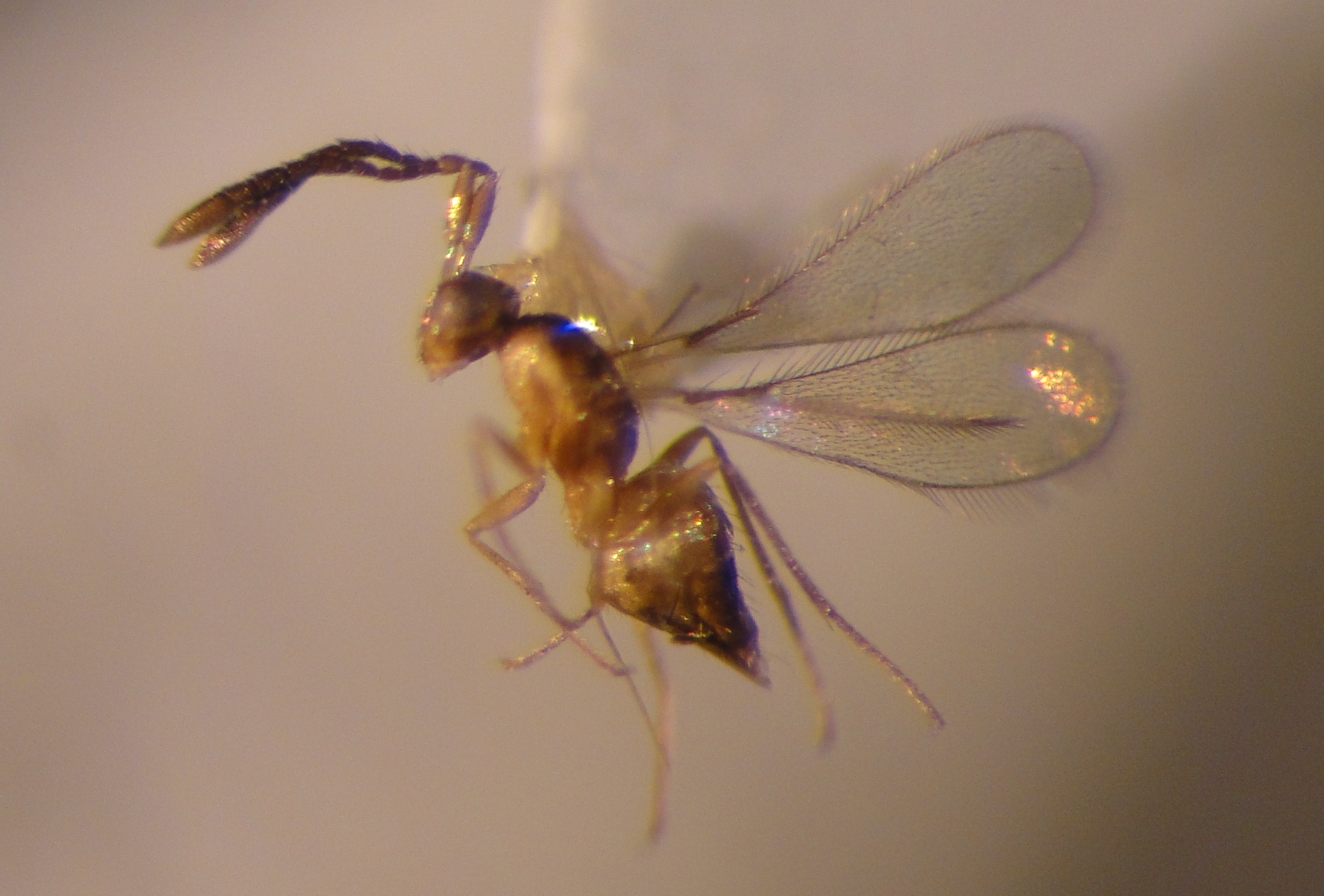
UC Riverside: Entomologist names new wasp species after UC Riverside
A research project in Russia has led to the discovery of a new wasp species. The entomologist behind the discovery is UC Riverside’s very own Serguei V. Triapitsyn, principal museum scientist at the Entomology Research Museum on campus. Triapitsyn has named the species Gonatocerus UCRi, after our school. The name is commonly abbreviated as UCR.
Triapitsyn published his findings in an international scientific journal called Zootaxa on April 30 after he found the female fairyflies in the Russian Far East. They have been described as being brown in color with long antennae and wings. It is unknown what its host is, but other species in the same genus are beneficial insects known to parasitize eggs of leafhoppers. Leafhoppers are insects that suck the juices of plants and are therefore one of the major crop pests worldwide.
In terms of the whole research procedure, a Russian Academy of Sciences collaborator of Triapitsyn used a trap during 1999-2002 to collect wasps for the Entomology Research Museum in Primorsky Kray, Russia. It was unknown that the region contained a large concentration of this group of insects. The wasps were dropped into a trap containing alcohol, which served as a preservative for the insects until they could be sent to UCR for study.
Identification of these wasps required special preparation as they were not visible to the naked eye. As such, it took Triapitsyn several years to complete the study.
UC Berkeley: Research detects metal in lipstick
Researchers at UC Berkeley have shown that lip cosmetics contain many harmful chemicals and may pose a threat to the health of those who wear lipstick every day and reapply it constantly.
In a research experiment at UC Berkeley’s School of Public Health, 32 different kinds of lipsticks and lip glosses were tested. Researchers detected lead, cadmium, chromium, aluminum and five other metals in them. The principal investigator of the study was S. Katharine Hammond, a professor of Environmental Health Sciences at UC Berkeley. The lead author was Sa Liu, a UC Berkeley researcher in Environmental Health Sciences who co-authored it with Ann Rojas-Cheatham, a director of research and training at the Asian Communities for Reproductive Justice in Oakland, California.
The researchers claim that long-term use of lipstick could prove to be very dangerous for the consumer that inhales these chemicals more than a daily intake value permits. According to the study, “Those who slather on the lip color and reapply it repeatedly could fall into the high use category of 87 milligrams ingested every day.” They estimated the risk by comparing the concentrations of the chemicals consumers are exposed to with existing health guidelines.
Excessive exposure to chromium, for example, is linked to stomach tumors. High exposure to some of the other chemicals can result in toxicity of the nervous system. After the publication of the study, many of the researchers have expressed the need for lipsticks and lip glosses to be looked over by health regulators. There are currently no U.S. standards for the amount of metal in cosmetics.
The research was published on May 2 in the journal Environmental Health Perspectives.
UC Davis: Study finds nanomaterial that causes lung inflammation
It has been found that household and commercial products such as sunscreen and ink from copy machines can cause lung inflammation and damage. High exposure to the nanomaterials these products contain whether by inhalation, skin exposure or eye exposure can prove detrimental in the long-term.
The research is the first multi-institutional study where the health effects of nanomaterials are being examined by replicating and comparing findings from different labs across the country. The findings on two of the most common types of engineered nanomaterials was published online on May 6 in Environmental Health Perspectives, the journal of the National Institute of Environmental Health Sciences (NIEHS).
These harmful nanomaterials are present everywhere in the electronics and medicine industries and they can cause ailments such as fibrosis (the thickening and scarring of connective tissue). Researchers of the study are hoping that the findings will propel more vigilant care and monitoring of nanomaterials in consumer products.
Kent Pinkerton, the director of the UC Davis Center for Health and the Environment, was a senior author of the study. “This finding is most relevant to humans in occupational settings where workers are exposed at higher levels than the average consumer. Workers can be exposed to titanium dioxide and carbon nanotubes during synthesis and packaging of these materials,” said Pinkerton.








